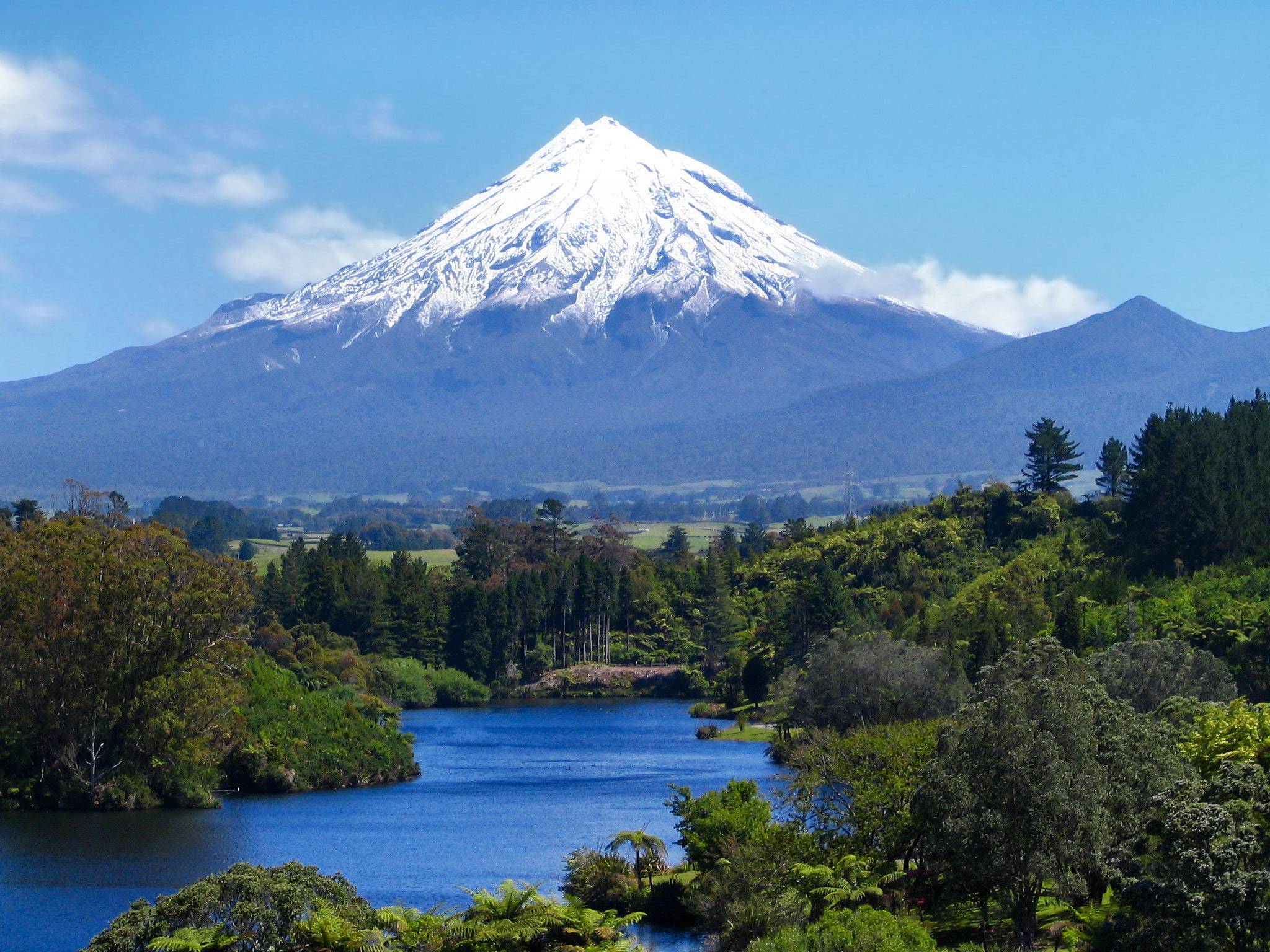The water we use in our plant is natural and pure, originating at high altitude on the slopes of Mt Taranaki. Our focus is to improve water-use efficiency across our business and support our environment through the health of our freshwater. To enable this, we’ve chosen to align with the UN Sustainability Development Goal (6.) Clean Water and Sanitation. Our goal is to achieve a 30% reduction on 2020 levels in our potable water usage by end 2025, while increasing recycling and safe reuse.
VFT Technology – recycling our water
A key component to reaching our goal is the integration of VFT (Vibration Filtration Technology) into our non-edible plant operations. This system recovers proteins from our wastewater and recycles clean water back into our non-edible processes.
The two main positive environmental impacts of our VFT are:
- The ability to reduce TBE’s water usage
- The ability to process wastewater through TBE’s pond system rather than putting it on the land.
Alongside this we have an environmental management programme that monitors the release of any wastewater into the environment.
How does VFT work?
In our gel bone plant, VFT takes the cooking water from the outlet of the melter (our main cooking vessel) and pumps it to the VFT, where it is passed through multiple vibrating filters. The filters hold back the protein and allow the water to pass through. This results in clear water or ‘permeate’. This clean water is recycled – it goes into a tank and is then reused back in the melter and throughout the gel bone plant. Any excess clean water that isn’t reused will overflow into the drains outside the plant and flow to the final pond in the wastewater pond system. The estimated amount of water reuse with the VFT filters in place is approximately 1500 litres per day.
“We have a 10,000 litre tank containing the VFT filtered water that we’ll use in the process first before using potable or town supply water,” says Karlin Ross, Plant Manager of TBE’s Gel Bone factory.
Because TBE is able to reduce the volume of more concentrated ‘dirty’ water that’s produced on plant by using the VFT, this helps to reduce the load on the water treatment system on site.
“In addition to reducing our water use, with the VFT we’ve been able to avoid transferring protein, which contains nitrogen, onto the land. This provides another environmental benefit. The amount of nitrogen that’s being kept off the land as a result of using the VFT is estimated to be 50,000 kg per year” says Dr Mike North, Site Manager, Taranaki Bio Extracts.
Six-pond wastewater system
All TBE’s wastewater is managed through a carefully designed six-pond system that removes solids, cleans the water, and prepares it for irrigation onto the land – from anaerobic to aerobic ponds, they ensure that every drop is treated responsibly. Testing samples of the water weekly ensures consistent water quality.
All plant wastewater goes through a contra-shear which is a screen that removes solids. The resulting water then goes through a DAFF unit which picks up any particle matter in the water and floats it. Paddles then pick up the DAFF sludge which is pumped into a tank. On the discharge of the DAFF, the water should be quite clean. It passes through three anaerobic ponds which contain bacteria and lower oxygen levels – this breaks down the nitrogen. The fourth pond is the aerobic pond which aerates the water. Then the water flows to Pond five where bacteria is collected, and finally on to Pond six. This whole process contributes to reducing the nitrogen levels in the wastewater. Pond six water is re-used for the water scrubbers to help with the cooling of the air and, when ready, the clean water from pond six can be discharged onto land.
“Our environmental efforts may not be gold standard, but we are heading in the right direction on our environmental journey and take pride in improving our environmental footprint one step at a time,” says Dr Mike North, Site Manager, Taranaki Bio Extracts.
Ends.
